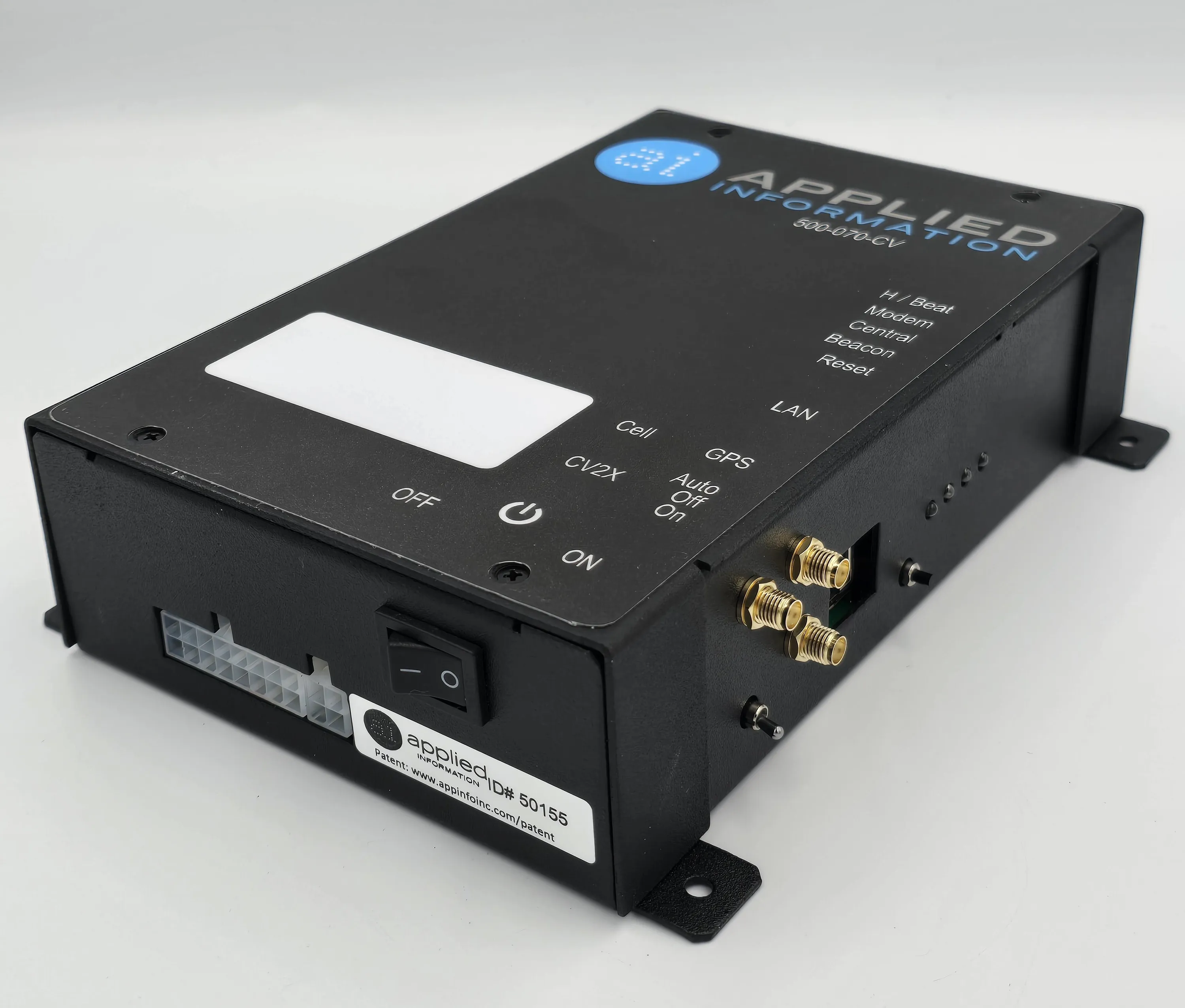
Applied Information, a provider of connected vehicle technology for traffic control infrastructure, has launched the Glance AI-500-070-CV School Zone Safety Beacon with advanced cellular Vehicle to Everything (C-V2X) communication.
The firm said the solar-powered device equips school zone beacons with C-V2X communications using the Qualcomm 9150 chipset to enable 5.9GHz direct communication. It does this while also supporting 4G LTE cellular network connectivity.
The C-V2X function means safety alerts can be sent to the TravelSafely app, Waze maps and Haas Safety Cloud to tell motorists to slow down in active school zones.
The unit is designed to be easily retrofitted into existing school beacon cabinets, making it a cost-effective, low-power upgrade for beacons. The unit also adds Glance monitoring and control, enabling authorised users to change school zone schedules remotely from a smartphone or desktop. With an automatic knock-down feature, the device provides alerts when the beacon has been struck by a vehicle or damaged.
Applied said that Glance is used by more than 1,450 US state and local transportation agencies across North America, including more than 10% of US public schools.








